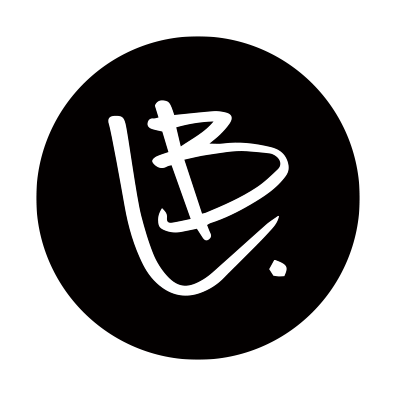Contingency and constraint
“A good craftsman places positive value on contingency and constraint.” (Sennett, R. 2008. The Craftsman. P.262.)
Constraints help to guide decisions – the more constraints, the smoother decision making becomes. Creative decisions are often ambiguous, causing them to be inherently hard. Creative constraints, particularly those self-imposed are therefore both significant and purposeful. Consequently, good creative practice establishes constraints early.
In making art by hand, certainty and risk are always present. That in part, is where its value lies. Hand craft is concerned with contingency — mitigating risk but knowing that mistakes are inevitable. Therefore, risk forecasting is also part of good creative practice, enabling smoother progression through a project.
Contingency also has a significant place in creativity. It should be used in developing our most creative work — in the workshop, happy accidents, and serendipity (unintended outcomes) are crucial.
